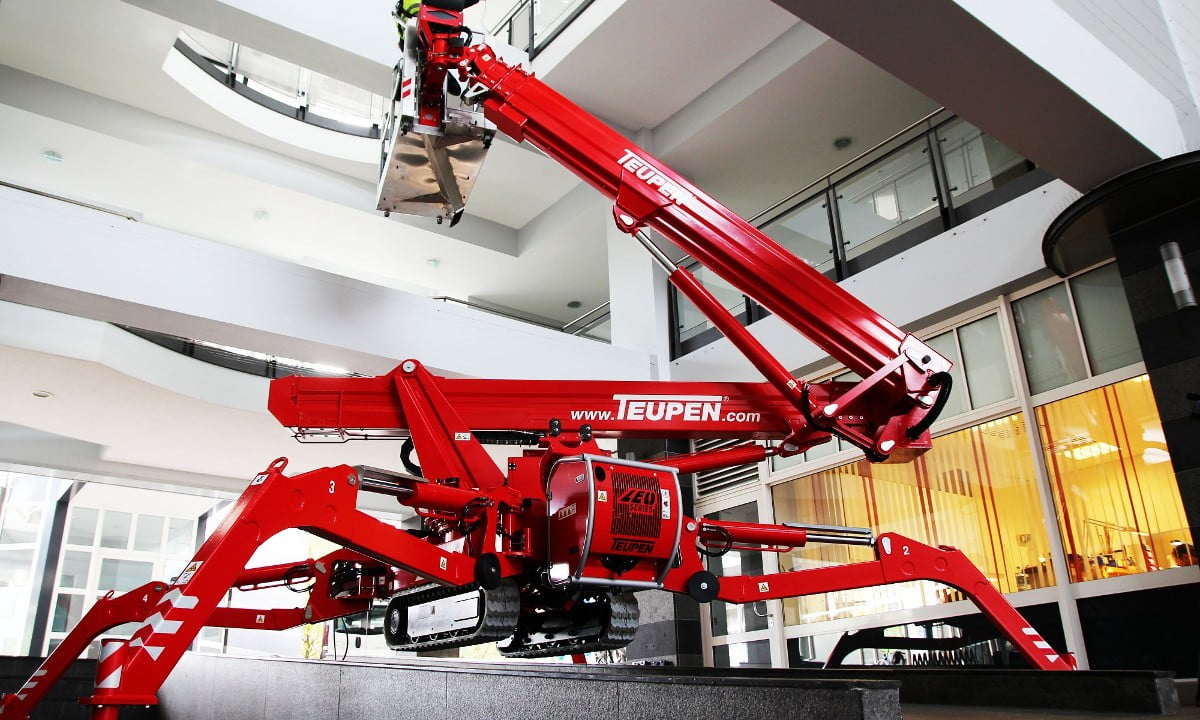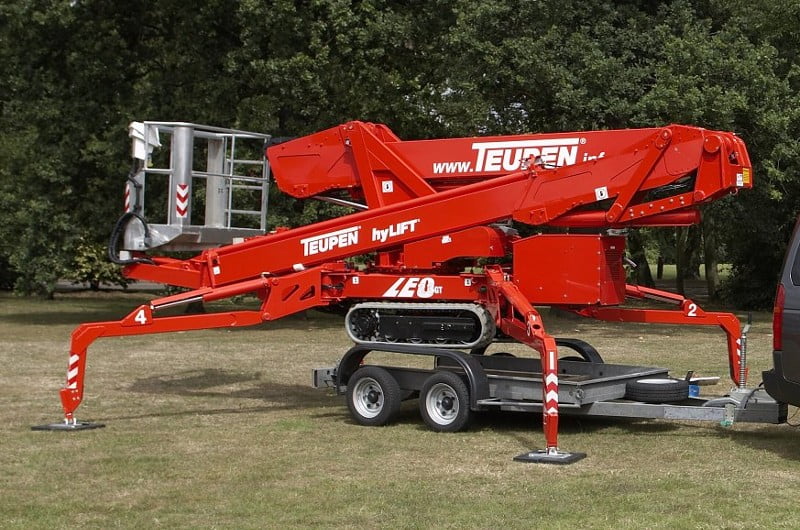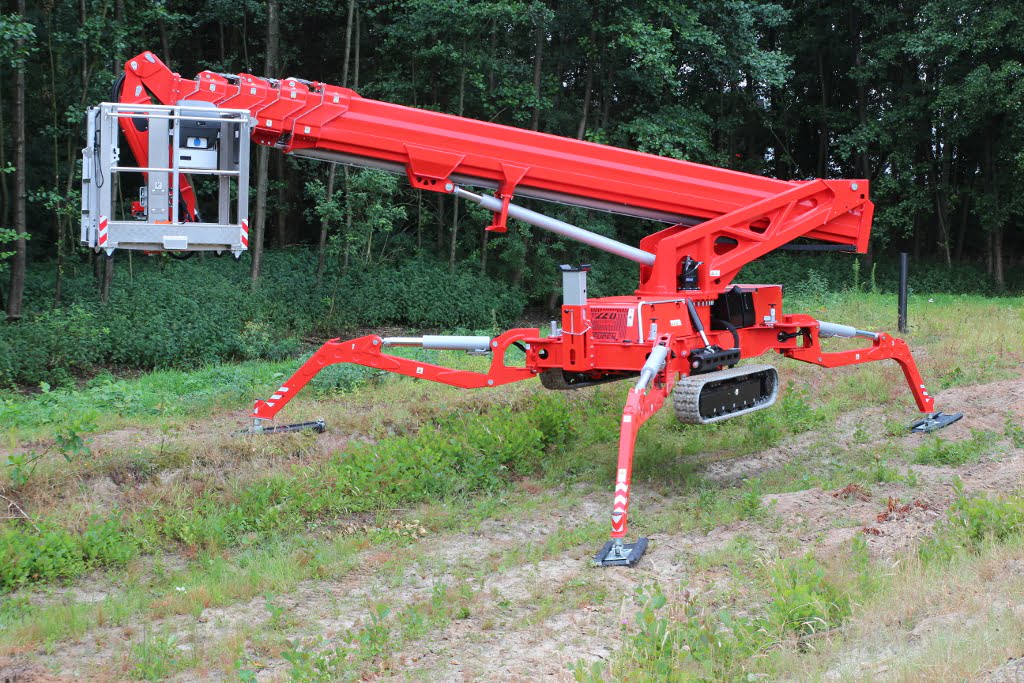When it comes to window cleaning, especially for high-rise buildings or hard-to-reach areas, choosing the…
Comparing Spider Lifts with Traditional Access Equipment
When tackling jobs that require working at height, selecting the right equipment is crucial for both safety and efficiency. Two popular options in the industry are spider lifts and traditional access equipment like scaffolding and boom lifts. Each has its strengths and applications, making it essential to understand their differences to choose the best option for your needs.
Spider lifts, with their compact size and ability to navigate through tight spaces, offer unparalleled versatility, making them ideal for indoor and outdoor projects where manoeuvrability is limited. Whereas, traditional access equipment like scaffolding and boom lifts provide stability and height reach suitable for larger-scale projects requiring heavy lifting and extensive vertical reach.
During this post, we will explore the key features, benefits, and drawbacks of spider lifts compared to traditional access equipment, helping you make an informed decision.
What are Spider Lifts?
Spider lifts are a type of aerial work platform known for their compact size and flexibility. They feature multiple articulating sections that can extend vertically and horizontally. The ‘spider’ name comes from their distinctive outriggers, which extend from the base to stabilise the lift on uneven surfaces. These lifts are designed to operate in tight spaces and on delicate flooring where heavier equipment cannot go.
Spider lifts are relatively lightweight and can easily manoeuvre through narrow pathways and doors, whilst adapting to uneven terrain thanks to their stabilising legs, therefore making them suitable for both indoors and outdoor use. Not only that, but they offer considerable height and reach capabilities, usually up to 40 metres.
Traditional Access Equipment
Traditional access equipment includes a variety of tools such as scaffolding, scissor lifts, and boom lifts. These are more commonly used in construction sites and large-scale industrial environments.
Scaffolding provides a stable platform for extended periods and is ideal for projects that require a broad area to be worked on by multiple workers. Scissor lifts offer vertical elevation with a larger platform, suitable for lifting several workers with tools and materials. Whereas boom lifts provide height and horizontal reach, allowing access to hard-to-reach areas.
Comparing Spider Lifts and Traditional Access Equipment
- Accessibility
Spider lifts excel in environments with limited access. Their design allows them to pass through single doors and operate in narrow corridors. Traditional equipment like scaffolding might not be suitable for restricted spaces due to its bulkier setup.
- Surface Impact
Due to their lighter weight and stabilising technology, spider lifts minimise the risk of damage to sensitive floors and landscapes. Traditional access platforms, particularly scaffolding, can be heavier and more disruptive to the site.
- Set-Up and Dismantle Time
Spider lifts are quick to set up and dismantle, which can significantly reduce labour costs and increase productivity. In contrast, scaffolding requires more time for safe assembly and disassembly.
- Cost-Effectiveness
For short-term projects, spider lifts can be more cost-effective because they reduce the amount of time spent on setup. However, for longer projects, the initial higher rental cost of a spider lift can be a disadvantage compared to traditional scaffolding.
- Versatility
Spider lifts can be used in a variety of settings, including indoor and outdoor projects. Traditional equipment, while often robust and capable of supporting heavier loads, may not offer the same level of versatility, especially in enclosed or uneven environments.
Which Should You Choose?
The decision between spider lifts and traditional access equipment depends on several factors which we highlight below;
- Project Duration. Short-term projects may benefit more from spider lifts, while long-term projects might find scaffolding more economical. It is also important to consider the work environment’s space and surface. Spider lifts are better for narrow, sensitive areas.
- Budget. Consider not only the initial rental cost but also any additional fees for setup, delivery, and maintenance. Moreover, factor in the environmental impact of each option, including emissions, noise pollution, and site disruption, to make an informed decision that meets with your budget and sustainability goals.
- Load Requirements; while traditional access equipment like scaffolding and boom lifts excel in supporting heavy loads and accommodating multiple workers simultaneously, spider lifts offer a more compact and lightweight alternative suitable for lighter loads and smaller work teams, making them ideal for projects with specific load requirements.
Be Confident With Your Choice
Ultimately, choosing between spider lifts and traditional access equipment involves balancing various aspects such as cost, duration, load requirements, and the physical environment of the workspace. Spider lifts offer unparalleled flexibility and minimal disruption, making them ideal for sensitive or cramped sites. On the other hand, traditional access equipment is often more suitable for heavier-duty tasks over longer periods. By carefully assessing the needs of your project, you can select the most appropriate equipment to ensure safety, efficiency, and cost-effectiveness.
Should you need further advice on the most suitable solution for your needs, or maybe you are confident that a spider lift is the best option for the job in hand so you are now searching for a spider lift for hire or for sale, then you are sure to find the answers you are looking for at Tracked Access. Simply visit our website today or get in touch with us directly by calling us on 0330 332 0714 or by emailing us at [email protected] and we will be happy to assist you.


